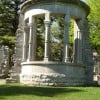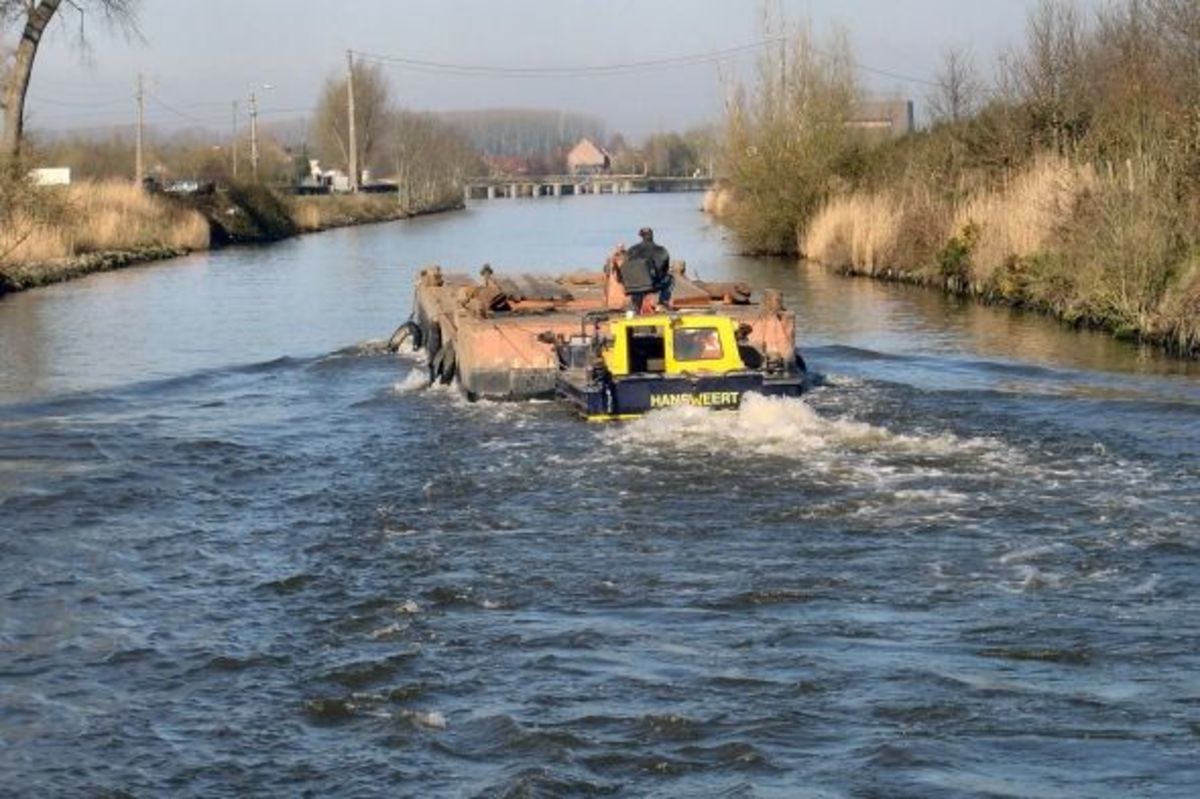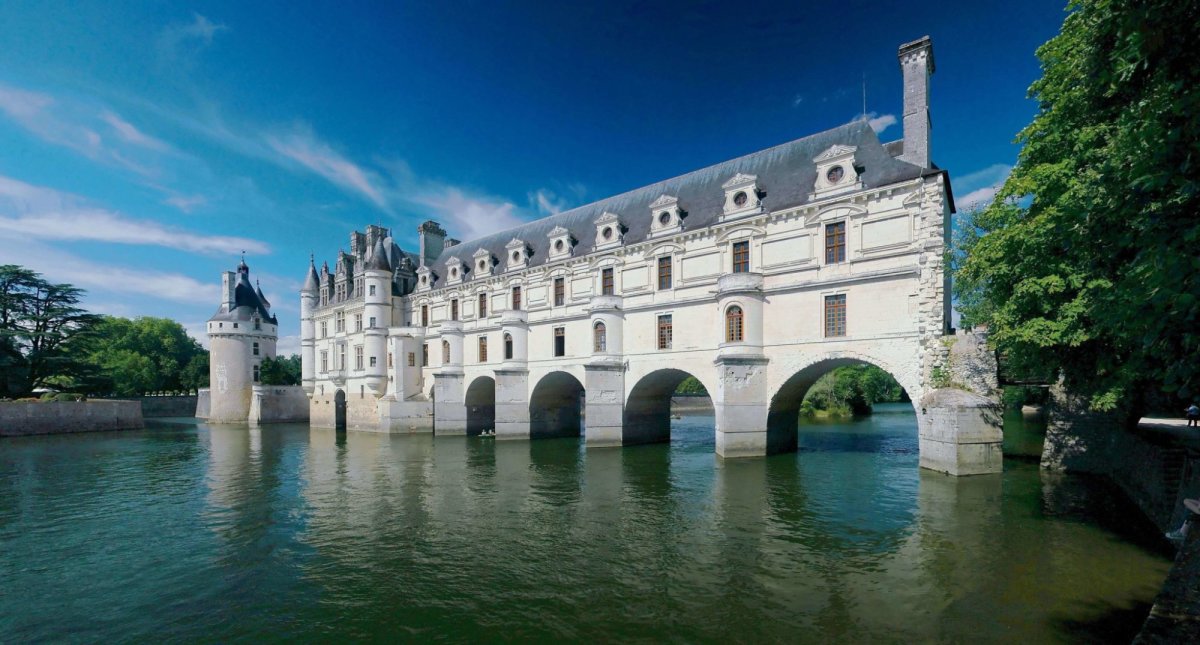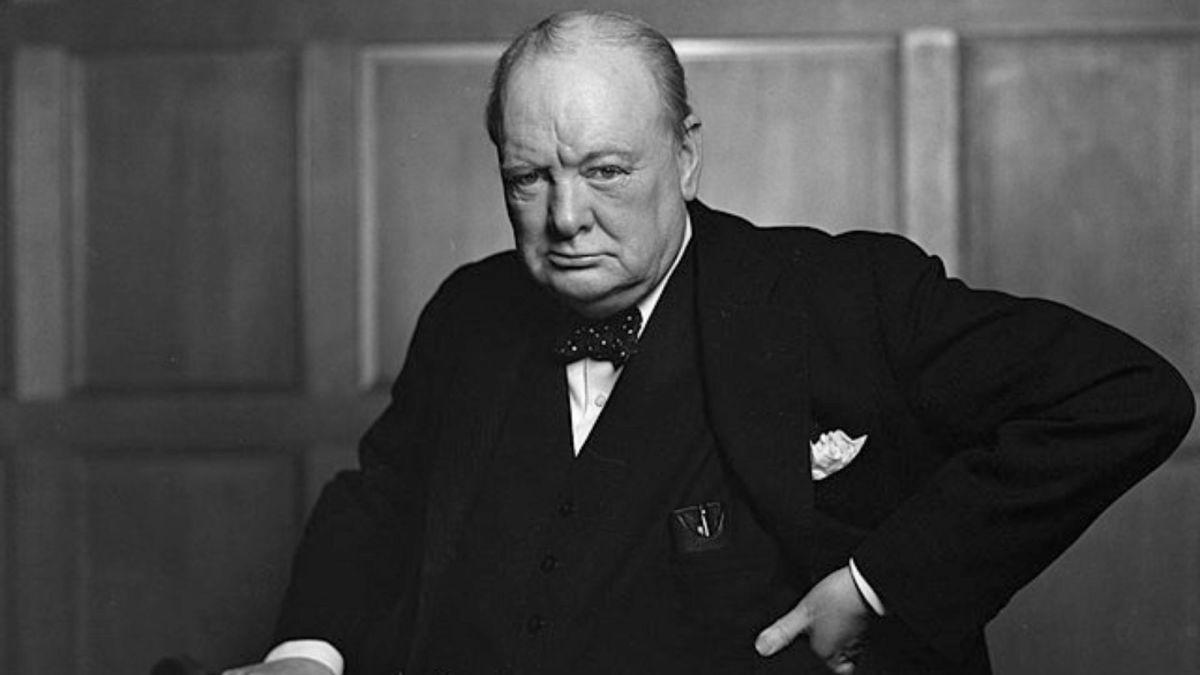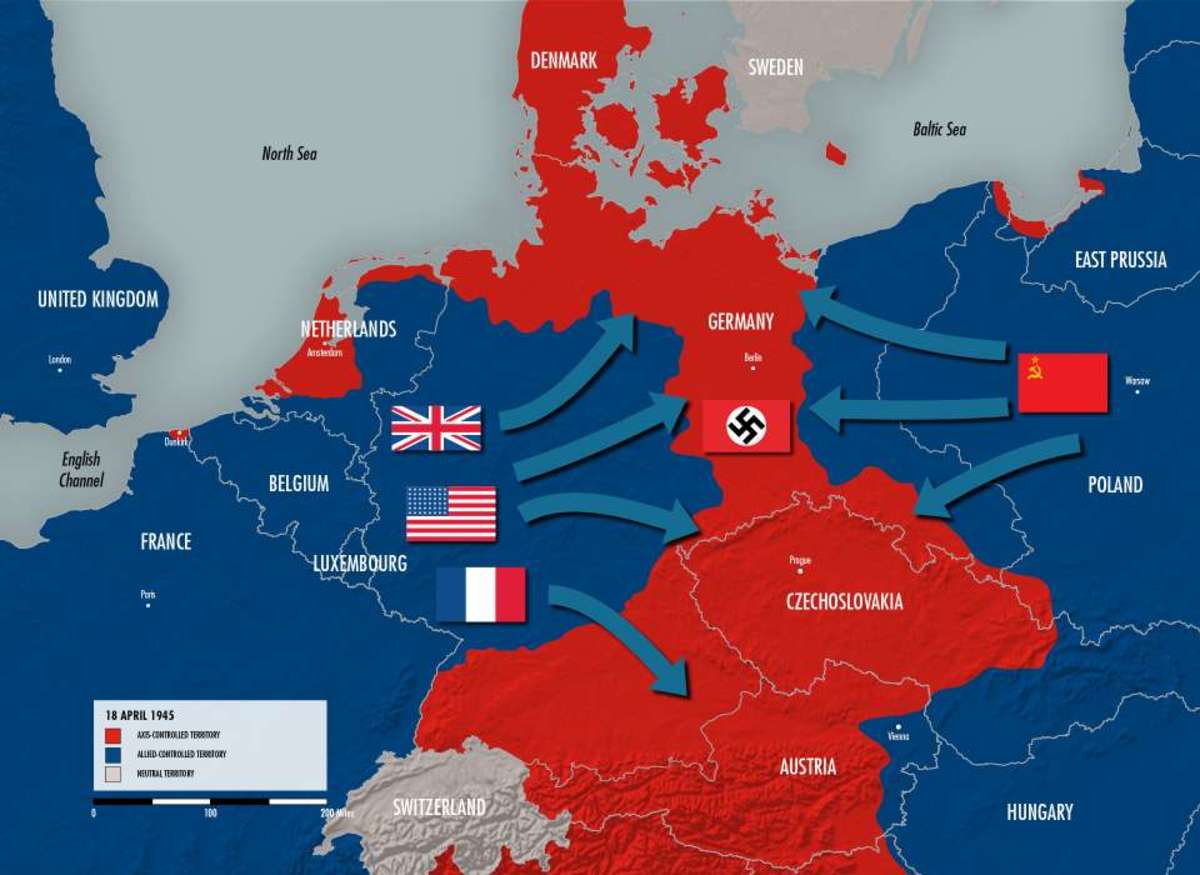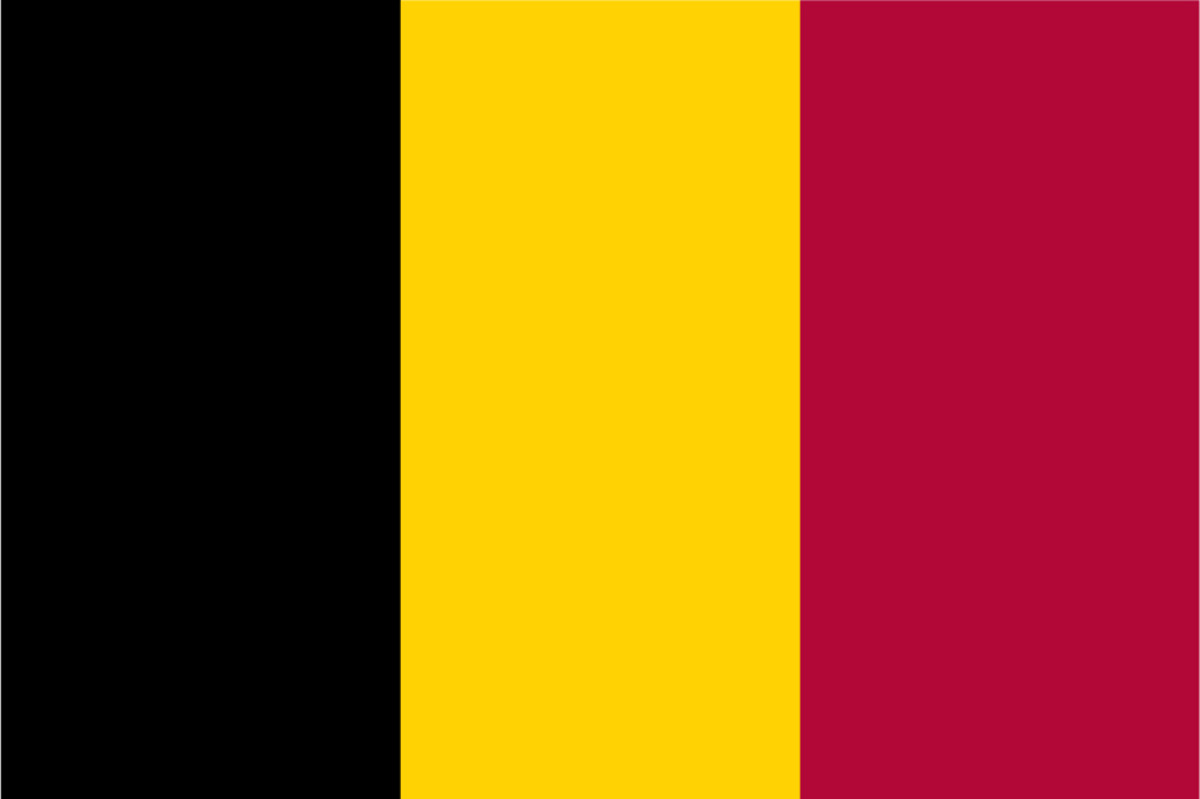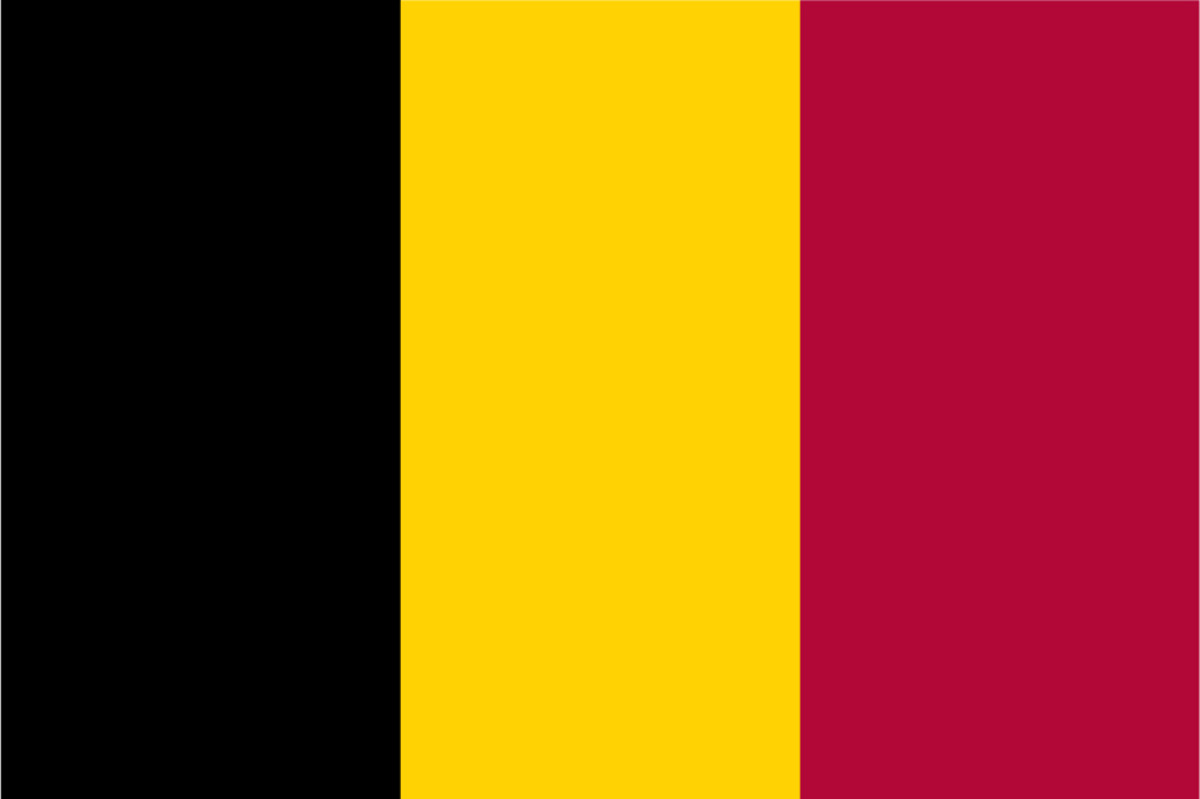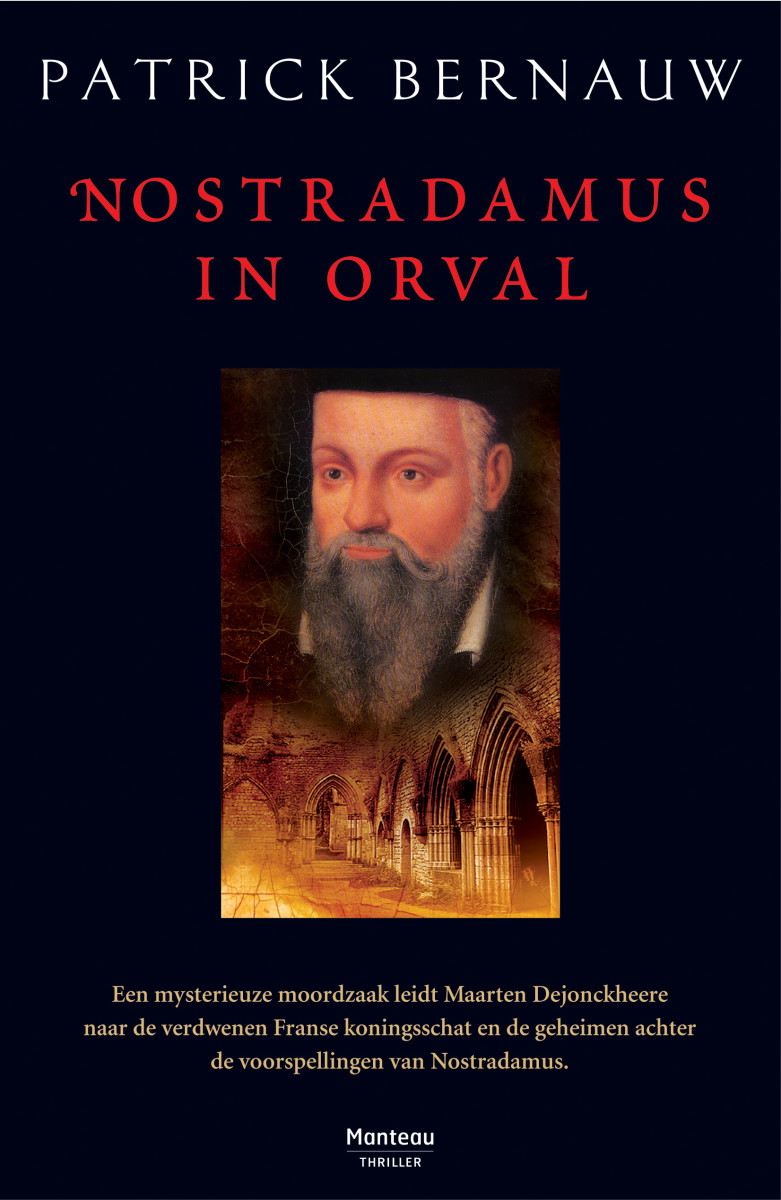Visiting Reinhardstein Castle, eastern Belgium: Medieval memories
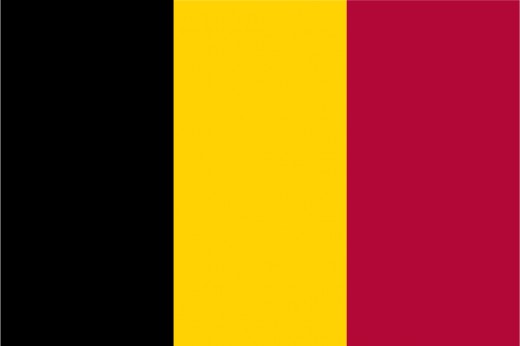
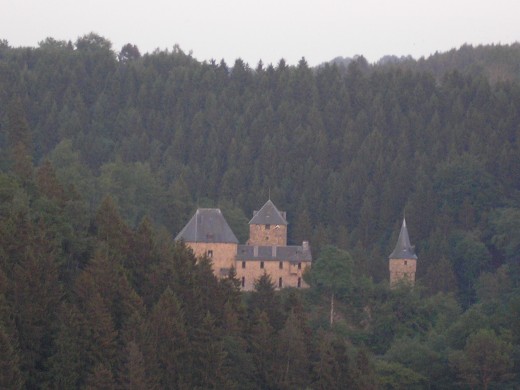
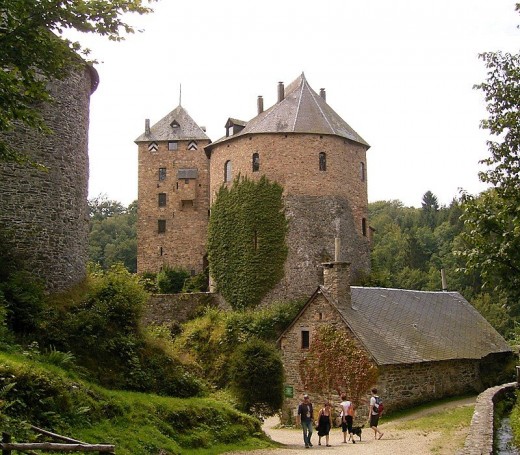
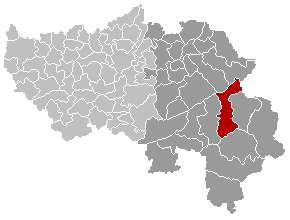
Sounds German...but it's not as simple as this
This castle looks as if it is in the middle of Germany somewhere. The reality is rather different and somewhat complex.
Where is it? Enter Belgian linguistic administration
The Castle is not in Germany; in fact there used to be a strong connection with Austria: among the various owners of the Castle since the Middle Ages were the Counts of Metternich, a member of which family was a long-serving Chancellor of the Austrian Empire. The Metternichs were in possession of the Castle until 1812.
Today, the Castle is situated in eastern Belgium, within the Walloon region (French: Région wallonne; German: Wallonische Region). Even in stating this, however, it gets complicated.
Reinhardstein is located in the municipality of Waimes (German: Weismes), near the villages of Robertville and Ovifat. The Malmédy area of eastern Belgium, where Waimes is situated, has changed state jurisdictions a number of times in recent centuries.
Someone might inteject: Isn't there a still a German-speaking area of eastern Belgium? with a name such as 'Reinhardstein', surely the Castle must be in the German-speaking area?
Well, yes, there IS indeed an area of Liège province which forms the German-speaking Community, but Reinhardstein isn't part of it. The municipality of Waimes does, however, have a protected German-speaking minority.
Belgium's internal affairs are thoroughly informed by language issues among French- and Dutch-speakers, and nearly every part of the country is officially divided into areas which are French-speaking alone, Dutch-speaking alone, French- and Dutch-speaking together, French-speaking with a protected Dutch-speaking minority and Dutch-speaking with a protected French-speaking minority. (There, I managed to write it all.)
Enter eastern Belgium into the equation. With its German-speakers it might have seemed a simple matter for places with German-speakers and German-sounding topography to be officially designated German-speaking.
Again, it is not as simple as this. Something of the complex administrative paradigms in force in the rest of the country among French- and Dutch-speakers has been applied to eastern Belgium, also. Prior to 1977, Reinhardstein did not use to be in Waimes municipality. But a majority of the good citizens of Waimes speak French (or, in fact, in many cases, Walloon, also), even though the minority of German-speakers is recognized. Furthermore, the more recent owners of Reinhardstein have not all been native German-speakers in any case.
So the result is that Reinhardstein Castle is in territory officially designated French-speaking with a protected German-speaking minority.
But the Castle looks so isolated, someone might say. It looks as if it's in the middle of nowhere, surrounded by trees, not people. Belgian officials would reply: Ah, yes, but it's the principle of the thing that matters.
So, at any rate, in French you say: Château de Reinhardstein, and, in German: Burg (or Schloss) Reinhardstein (or even sometimes Burg Metternich).
Some history and features of the castle
The Castle dates from 1354, when Reinhard (French: Renaud) of Waimes was empowered by his overlord Wenceslaus of Luxembourg to built a fortress at its present location.
It is believed that, notwithstanding Reinhard's building efforts, the 14th century structure incorporated elements of previous fortifications.
Subsequently, Reinhardstein Castle passed through various owners. Particularly after the Austrian Metternichs (see above) succeeded in divesting themselves of it, the Castle suffered greatly from forms of neglect, which varied from the benign to active demolition on the part of stonemasons and their suppliers who wished to use its building materials for their own schemes.
Subsequently, from the 1960s, new owner Monsieur Overloop, a learned professor who acquired a deep knowledge of the history and designs of castles in the wider region, engaged in a thoroughgoing program of rebuilding. It is also possible for the term 'rebuilding' to be replaced by a term such as 'enhancement'.
In any case, Reinhardstein is a fine restoration. The main building contains a knights' hall. In a five storey keep are a library and archives. At the Castle also, a chapel has undergone considerable refurbishment. To the south of the property rises the Salamandre tower. The construction of the castle was carried out with the guidance of an 18th century engraving of the Castle, with considerable reference also to characteristics of other castles in the Eifel region of Germany, adjacent to the Belgian border.
Also worth seeing
Buetgenbach (distance: 12 kilometres) has a large, towered church building.
Pruem, Germany (distance: 63 kilometres) has some striking ecclesiastical architecture.
...
How to get there: Brussels Airlines flies from New York (JFK) to Brussels Airport, where car hire is available (distance from Brussels Airport to Waimes: 154 kilometres). Please check with the airline or your travel agent for up to date information. Please refer to appropriate consular sources for any special border crossing arrangements which may apply to citizens of certain nationalities.
MJFenn is an independent travel writer based in Ontario, Canada.
Other of my hubpages may be of interest
- Visiting Martelange, Belgium: or, Be confused by this quadrilingual town
- Visiting Lieler: multiple identities in a village of the Grand Duchy of Luxembourg, where three coun
- Visiting Monschau, Germany and its Red House: picturesque town on the Rur River, with past, internat
- Visiting Burg-Reuland, Belgium: Monumentality in the German-speaking Ostkantone
- Visiting Kettenis, eastern Belgium, in the German-speaking Ostkantone: castles and past, official eq
